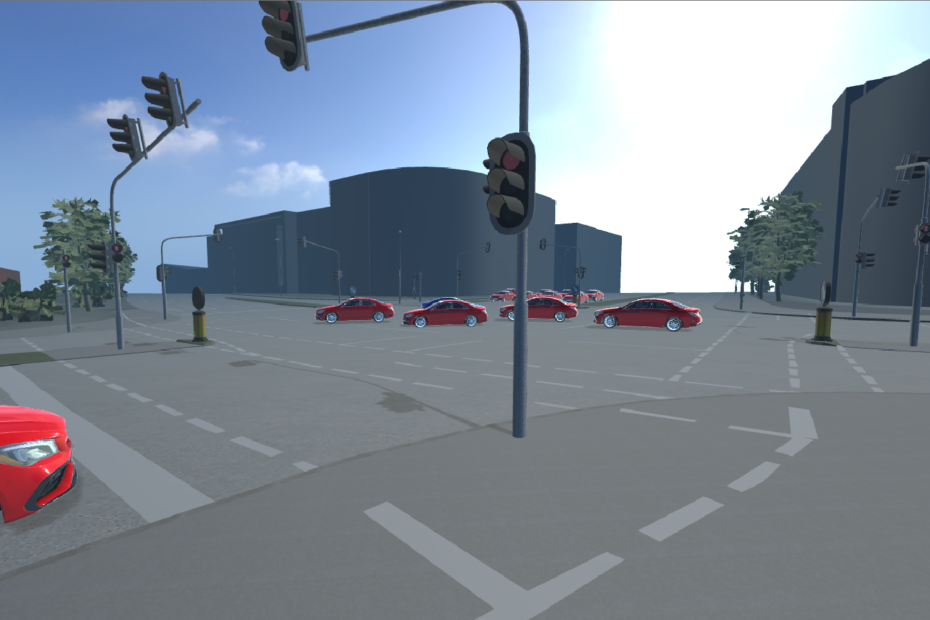Funktions- und Verkehrs-Sicherheit im Automatisierten und Vernetzten Fahren
Project Issue
Automated and connected driving (German: “automatisiertes und vernetztes Fahren”, AVF) has the potential of a so-called “game-changer” for the mobility of the future. Although the world’s leading vehicle manufacturers, technology suppliers, and scientists operate in Germany, in public perception, the development of AVF takes place almost mainly in the USA – why? The answer lies in the agile development processes and the virtual development methods of the American IT industry. This industry has now chosen mobility as its target industry and considers autonomous transportation as rolling computers for services related to mobility. On the other hand, traditional development processes and hedging methods of the local automotive industry are at the forefront of the development of the product safety and functional safety of their products and are validated primarily through real road tests. The present joint project intends to integrate the advantages of both development perspectives and to promote new methods and processes for a rapid and, above all, efficient and safe introduction of AVF.
Project Goal
‘SAVe:’ generates a basis for the development of automated and connected driving (AVF), particularly in the urban environment, taking the interaction with social issues into account. The methodical development of combined virtual and physical protection of traffic scenarios, especially in mixed traffic as well as in the urban environment, creates a basis for future vehicle and traffic infrastructure developments. The conceptual creation and implementation of a “multifunctional virtual regional model” represents a central IT unit that digitally maps the above-mentioned urban space based on geometric, static, and dynamic data.
Implementation
The modeling of the necessary technical components in a simulation environment as well as the actual simulation of functions of the AVF in exemplary realistic driving scenarios are of seminal importance for their future safety and thus for a safe introduction. By linking real experiments and using fleet data, simulation scenarios are enriched and validated. The combination of virtual and digital test fields offers the possibility to create a secure development environment for AVF. For this purpose, scenarios are developed and evaluated about their acceptance using demonstrators with the participation of the citizens. Research priorities are:
- Driving simulation in the virtual test field (TP VT)
- Networking of infrastructure and real vehicle fleet data in a virtual traffic model (TP VV)
- Optimization of functions of automatic driving (TP OF)
- Social aspects of the AVF (TP GA)
- Cross-sectional tasks (data model, use cases, demonstrators) (TP QU)
The SAVe project was successfully completed! Below you can find a walkthrough the fahrerlos and two videos that were created during the “finissage des fahrerlos“. Due to the great success of SAVe, the follow-up project SAVeNoW has started
Summary of the project:
Employees: Andreas Löcken
Project Coordinator
AUDI AG
Project Duration
May 2018 – June 2020
Project Partners
- 3D-Mapping Solution GmbH
- ASAP Engineering GmbH
- Elektronische Fahrsysteme GmbH
- Hochschule München
- Catholic University Eichstätt-Ingolstadt (KU)
- City of Ingolstadt (Amt für Verkehrsmanagement und Geoinformation)
- Technische Hochschule Ingolstadt (THI)
- TWT GmbH Science & Innovation
- virtualcitySYSTEMS GmbH
Logo
Funding


